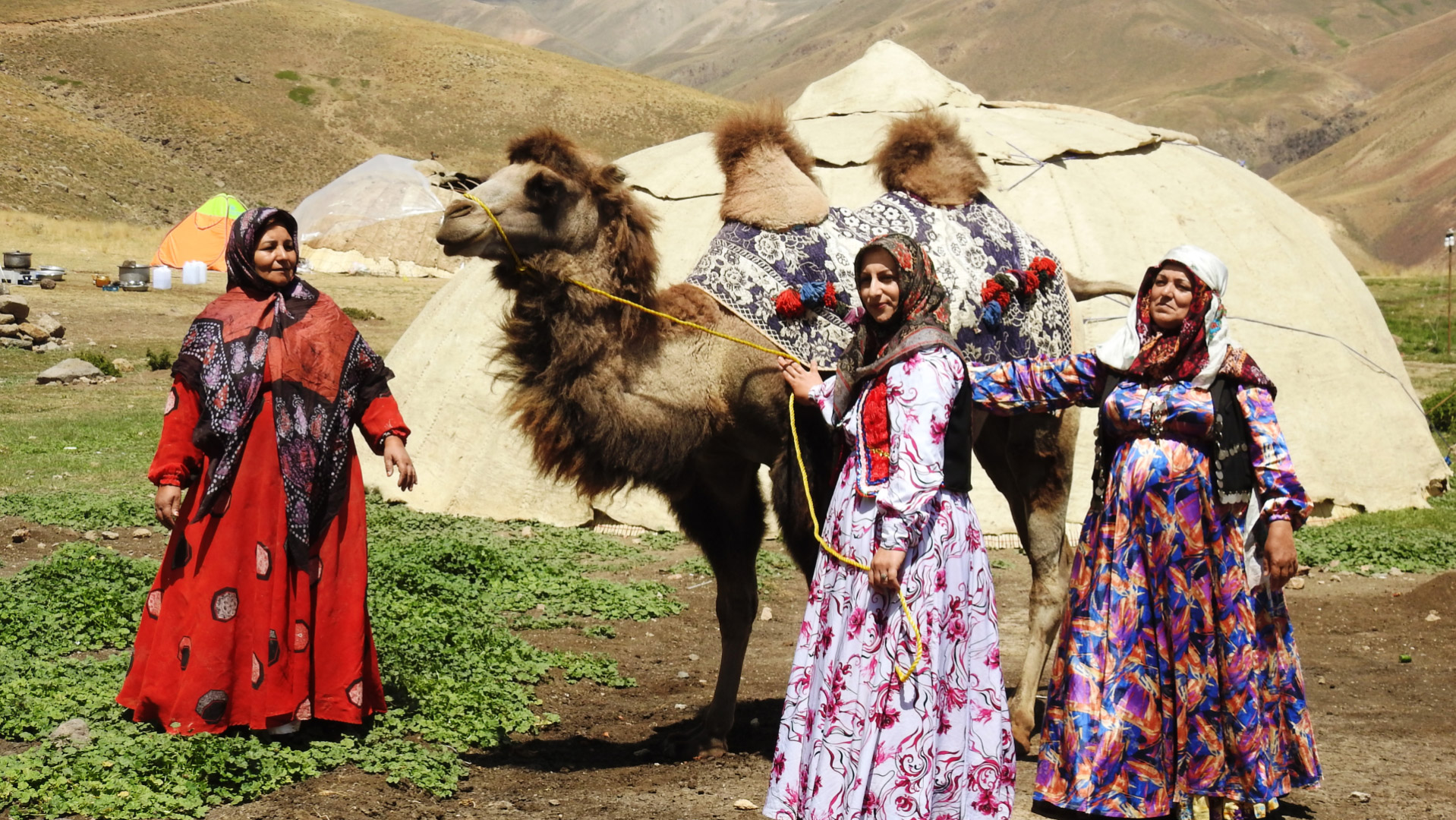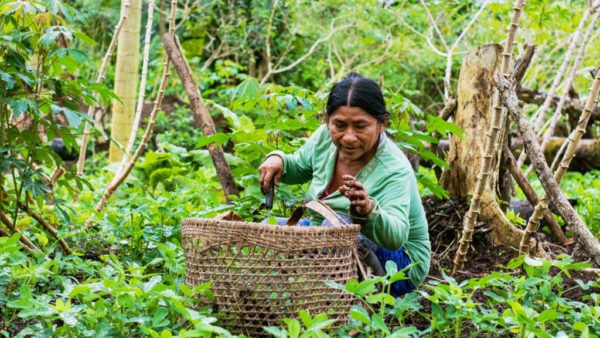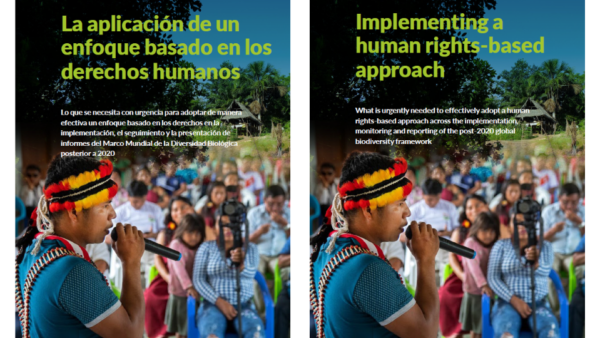Six key foundations for sustaining territories of life from deep reflection amongst ICCA Consortium Members in Africa, Asia, and Latin America on the post-2020 framework
First published on 03/21/2022, and last updated on 02/14/2025
NOTE: Priorities described in this article were identified through diverse experiences of Members from territories of life in Africa, Asia, Mesoamerica, and South America. Please email Carolina Rodríguez for more information and details of this collective process and the rich reflections that have arisen so far.
By María Carolina Rodriguez Acero
International Policy, Regional Focal Point, ICCA Consortium; and
Ameyali Ramos
International Policy Coordinator, ICCA Consortium
Networking, peer-learning, and advocacy are key aspects of the ICCA Consortium’s work. Over the past year, the ICCA Consortium has been nurturing deep and meaningful reflection and learning processes with Indigenous, community and grassroots Members in several regions on key priorities and the UN post-2020 global biodiversity framework (post-2020 framework), with the aim of ensuring that Indigenous and community custodians of collective lands and territories of life are fully respected and recognized in the framework.
Through dialogues and exchanges, Members have identified six important foundations for sustaining territories of life and for sustaining nature conservation efforts far beyond 30 per cent of the planet, as proposed in the draft post-2020 framework.
Below is a summary of the key priorities and issues identified through these deeply meaningful exchanges:
Legal recognition of Indigenous Peoples’ and local communities’ territories of life should be at the heart of nature conservation efforts. This is not only because of what these territories of life represent in the protection of collective rights and respect and recognition of their lands, waters and resources, but also for what the territories and their custodians contribute to nature conservation through their customary conservation strategies, their adaptive forms of mobility and territorial delineation that allow for ecosystem connectivity and their integration into wider landscapes and seascapes. Leaving this recognition out of the post-2020 framework would represent a major oversight and setback for global conservation efforts and would continue the erosion of rights and exacerbate conflicts. Conservation efforts must support the legal recognition of territories of life and their custodians.
Self-determination, self-governance, and free, prior, and informed consent are three fundamental principles and rights that must be respected and positioned in decision-making around biodiversity and nature conservation at national and sub-national levels. When these community and collective rights are recognized and strengthened, nation-states can forge new relationships with custodians of territories of life and vice versa. A collective rights approach beyond ‘only’ individual human rights, better reflects Indigenous Peoples’ and local communities’ relationships with and contributions to nature, and to make more visible the importance to include their customary systems in the language of the post-2020 framework. This approach is crucial to achieve a holistic dialogue and reduce conflicts between decision-makers around conservation, based on key international instruments and provisions such as UNDRIP, ILO Convention 169 of 1989 and Aichi Target 11. Regarding “other effective area-based conservation measures” (OECMs), which were first included in Aichi Target 11 and are now in the draft Target 3 of the post-2020 framework, these must allow for the recognition of Indigenous Peoples’ and local communities’ customary legal systems in their territories as a fundamental part of decision-making.
Customary use is a principle and practice that supports conservation in territories of life. However, history and current experiences have shown that a large part of ancestral territories of Indigenous Peoples and local communities have been unilaterally defined as protected areas with management and governance systems that prohibit or limit customary use. Customary use represents the mutual interdependence between conservation, food sovereignty, well-being, and quality of life in an integral way. This principle must be fully incorporated into mainstream conservation, including protected and conserved area categories and designations in an integral and holistic manner, thus reducing the typically dichotomous approach of mainstream conservation in relation to Indigenous Peoples and local communities.
Oceans, the seas, and the territories of mobile peoples are an integral part of Indigenous Peoples’ and local communities’ ancestral territories and must be represented in their internal deliberations and advocacy strategies and positions within the post-2020 framework. In these mobile territories, to speak of boundaries is to speak of connectivity, because they are areas where habitat is defined by the relationships between humans, wildlife and other animals that may be fully protected as customary sacred areas, or with customary sustainable use strategies, or customary corridors of seed exchanges and traditional transitory practices with nature. Mobility is another effective conservation measure that should be recognized as such. Non-sedentary patterns of use such as seasonal movements, migrations, and areas without permanent settlement – including their customary governance – must be considered within the post-2020 framework as an effective approach to nature conservation and climate change adaptation.
Highlighting the concept of lands, waters, territories, and resources of Indigenous Peoples and local communities that go beyond OECMs is to support the recognition of territories of life and their specific and unique governance, management and use systems. ICCA Consortium Members consider it important to continue to critically reflect on and understand the synergies between OECMs and ICCAs–territories of life, to understand the governance elements of OECMs in terms of the needs and expectations of Indigenous Peoples and local communities. In addition to this, sites identified and reported as OECMs must be done through transparent dialogues, consultations, and free, prior and informed consent.
Territories of life of Indigenous Peoples and local communities, including mobile peoples and marine and coastal communities, are a fundamental part of area-based conservation. Nation-state governments and international bodies should appropriately recognize, respect and uphold Indigenous Peoples’ and local communities’ customary normative systems and conservation and customary use strategies in the planning, governance, management, administration and implementation of area-based conservation. In this context, strategies for ecosystem connectivity and conservation areas should dialogue and engage with both rights-based and holistic approaches. In this way, equitable governance and effective management can be possible when state governments recognize territories of life and their custodians as collective rights-holders.



